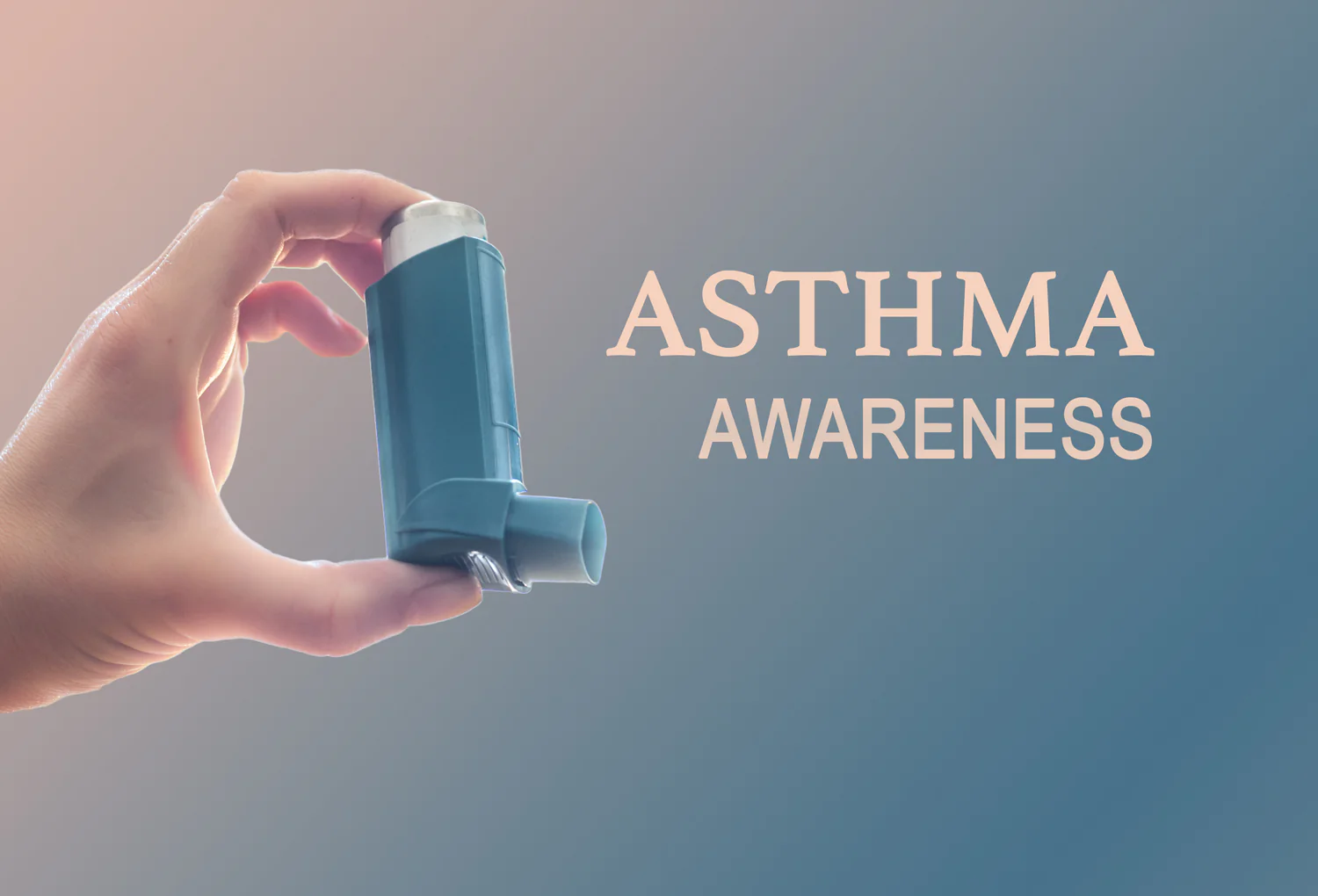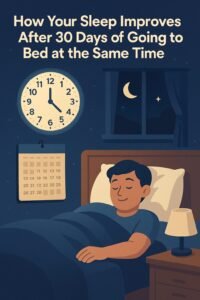Medications and Treatments for Winter Asthma: What You Need to Know Healthy Lifestyle
Asthma is a chronic lung disease that causes inflammation and Healthy Lifestyle narrowing of the airways, making breathing difficult. For many asthma sufferers, symptoms tend to worsen in the winter months. Cold, dry air is a common trigger that can cause airways to constrict and become inflamed. Additionally, respiratory infections like the flu and common cold are more prevalent in winter, which can further aggravate asthma.[1]
While there is no cure for asthma, with proper treatment you can keep Healthy Lifestyle symptoms under control and prevent asthma attacks.
Here we discuss the main medication options and additional therapies to help you manage winter asthma flare-ups.

Inhaled Corticosteroids
Inhaled corticosteroids are the most common and effective long-term control medication for persistent asthma.[2] They work by reducing airway inflammation to prevent symptoms from occurring. Some common inhaled corticosteroids are:
- Beclomethasone (Qvar)
- Budesonide (Pulmicort)
- Ciclesonide (Alvesco)
- Fluticasone (Flovent)
- Mometasone (Asmanex)
Inhaled corticosteroids are safe when taken as prescribed and greatly reduce the need for short-acting rescue inhalers. It’s important to take them daily, even when you are feeling well. This helps prevent asthma flare-ups from happening in the first place.
During colder months when asthma symptoms tend to worsen, your doctor may increase your dosage of inhaled corticosteroids as needed to better control inflammation. Using a spacer device with your inhaler can also help ensure you receive the full dosage into your lungs.
Short-Acting Bronchodilators Healthy Lifestyle
Short-acting bronchodilators provide quick relief of asthma symptoms when they occur. These rescue inhalers relax the muscles around your airways to open them up and make breathing easier within minutes. [3]
The most common type of short-acting bronchodilator is a short-acting beta-agonist such as:
- Albuterol (ProAir, Ventolin)
- Levalbuterol (Xopenex)
Keep your rescue inhaler with you at all times during winter so you can quickly treat symptoms if an asthma attack occurs. Using your inhaler before going outside in cold weather can help prevent airway constriction.
If you find yourself needing your rescue inhaler more than twice a week, see your doctor about adjusting your treatment plan.
Long-Acting Bronchodilators
For people with moderate to severe persistent asthma, long-acting bronchodilators are often prescribed in addition to an inhaled corticosteroid. The two main types are:
- Long-acting beta-agonists (LABAs) – salmeterol (Serevent) and formoterol (Foradil) ● Long-acting muscarinic antagonists (LAMAs) – tiotropium (Spiriva)
Long-acting bronchodilators work for up to 12 hours to open airways and make breathing easier. Taking them regularly helps prevent asthma flare-ups. [4]
Some asthma inhalers combine a corticosteroid with a LABA for more effective symptom control. These combination inhalers make treatment easier by putting both medications into one device. Some examples are:
- Fluticasone/salmeterol (Advair)
- Budesonide/formoterol (Symbicort)
- Mometasone/formoterol (Dulera)

Leukotriene Modifiers
Leukotriene modifiers are oral asthma medications that work by blocking leukotrienes, chemicals the body releases when triggered that cause inflammation. Reducing leukotrienes helps prevent airway constriction and reduces asthma flare-ups. [5]
Some common options are:
- Montelukast (Singulair)
- Zafirlukast (Accolate)
- Zileuton (Zyflo)
Leukotriene modifiers are often used in combination with inhaled corticosteroids. They can also be used as an alternative treatment option for people who can’t tolerate inhaled corticosteroids.
Biologic Therapies
For people whose asthma is poorly controlled by typical inhalers and oral medications, newer biologic drugs are available. Biologics target specific proteins and cells involved in the immune system response that triggers inflammation.
Several asthma biologics have been approved in recent years, including:
- Omalizumab (Xolair)
- Mepolizumab (Nucala)
- Reslizumab (Cinqair)
- Benralizumab (Fasenra)
- Dupilumab (Dupixent)
Biologics are given by injection or IV infusion. They can significantly reduce asthma attacks, improve lung function, and allow people to reduce their use of oral corticosteroids. [6]
However, biologics are expensive, so they are mainly prescribed for severe asthma cases when other treatments are inadequate.
Avoiding Triggers
In addition to taking medication, avoiding asthma triggers is key to preventing symptoms during winter. Some steps you can take include: [7]
- Stay indoors on high pollen count days
- Use a humidifier to add moisture to dry indoor air
- Wear a scarf over your nose and mouth in cold air
- Get the flu shot and practice good hygiene
- Control dust mites through frequent cleaning
- Don’t smoke or allow smoking in your home
- Limit use of wood-burning stoves and fireplaces
Monitoring daily air quality reports and pollen counts can help you plan activities to minimize exposure to outdoor allergens and irritants when counts are high.
Allergy Testing
Finding out exactly what allergens trigger your asthma is important. Skin or blood testing performed by an allergist can identify specific environmental allergies you may have. This allows you to better avoid those triggers and get allergy shots, if appropriate.
Common indoor asthma triggers to test for include: [8]
- Dust mites
- Cockroaches
- Pets
- Mold
Outdoor allergens like pollen and seasonal mold spores can also be tested. Knowing your specific allergies lets you target treatment more effectively.

Pulmonary Rehabilitation
Pulmonary rehabilitation programs are designed to help people with chronic lung problems like asthma better manage their condition. These supervised programs include: [9]
- Breathing exercises and techniques
- Coughing and airway clearance methods
- Physical activity training
- Education on medication usage and symptom monitoring
- Nutritional counseling
- Psychosocial support
By learning how to breathe properly and clear mucus from the airways, flare-ups become less likely. Exercising under medical supervision also improves stamina and lung function. Pulmonary rehab is covered by many insurance plans if your doctor prescribes it.
Programs are often available at hospitals or respiratory therapy centers. Even doing the breathing techniques and exercises you learn at home can help strengthen your lungs during winter.
Immunotherapy
Allergy shots called immunotherapy involve injecting small amounts of substances you’re allergic to in order to build up immunity over time. This can significantly reduce asthma flare-ups caused by allergies. [10]
Immunotherapy is proven effective against indoor allergens like dust mites, pet dander, mold, and cockroaches. It can also help treat outdoor allergies to pollen and mold.
The shots are gradually increased in concentration and given 1-2 times per week for several months to achieve maintenance dose. After reaching maintenance, injections are given monthly for 3-5 years. Taking immunotherapy before winter every year can lead to fewer asthma flare-ups during cold weather months.

Bronchial Thermoplasty
For severe, difficult-to-control asthma, bronchial thermoplasty is a newer procedure that uses heat to reduce airway smooth muscle mass. With less muscle, the airways are less likely to constrict. [11]
During the procedure, a bronchoscope is inserted into the airways and heated electrodes are used to target and destroy some of the airway muscles. This helps prevent excessive narrowing of the bronchi that restricts airflow.
Several studies show bronchial thermoplasty can substantially reduce asthma attacks. [12][13][14] The treatment is done in three sessions spaced 3 weeks apart. While not curative, it can provide long-term reduction of asthma symptoms not controlled by medications alone.
Asthma Online Help & Resources
Here are some helpful resources for learning more about asthma and staying on top of your condition:
- American Lung Association – Offers info on asthma triggers, treatment, action plans, and an Asthma Health Quiz. Website: www.lung.org/asthma
- Asthma and Allergy Foundation of America – Provides education, advocacy, and asthma camp for kids. Phone: 1-800-7-ASTHMA. Website: www.aafa.org
- Allergy & Asthma Network – Provides asthma management tools like medication wallet cards. Website: www.allergyasthmanetwork.org
- Centers for Disease Control (CDC) – Has asthma data, info on diagnosis, an action plan, and more. Website: www.cdc.gov/asthma
- National Heart, Lung, and Blood Institute – Offers comprehensive asthma guides for adults, kids, and allergies. Website:
https://www.nhlbi.nih.gov/health/asthma - American Academy of Allergy, Asthma & Immunology – Provides allergist locator, asthma action plans and news. Website: www.aaaai.org
- KidsHealth Asthma Center – Kids site with videos, quizzes, and tips on living with asthma. Website: https://kidshealth.org/en/kids/asthma.html
- AsthmaMD – Patient app to track asthma, get reminders, and personalized guidance. Website: www.asthmamd.org
- Local Support Groups – Check for in-person asthma meetups through hospitals or nonprofits.
Staying informed through reputable health organizations and advocating for your needs with your doctor is key to successfully managing asthma long-term.
The Bottom Line
Coping with winter asthma can take diligence, but being compliant with your treatment plan and avoiding triggers can help you breathe easier all season long. Talk to your doctor if your regular medications aren’t keeping symptoms under control when the weather turns cold.
Adjusting dosages, adding preventive therapies, avoiding allergens, and improving lung health through exercises and rehab can help you stay active and prevent asthma attacks.
References
[1] Hashmi, M. F., Tariq, M., & Cataletto, M. E. “Asthma.” StatPearls [Internet]. Updated 8 Aug. 2023. StatPearls Publishing, Treasure Island (FL), 2023.
[2] Liang, T. Z., & Chao, J. H. “Inhaled Corticosteroids.” StatPearls [Internet]. Updated 8 May 2023. StatPearls Publishing, Treasure Island (FL), 2023.
[3] Pollock, M et al. “Inhaled short-acting bronchodilators for managing emergency childhood asthma: an overview of reviews.” Allergy vol. 72,2 (2017): 183-200. doi:10.1111/all.13039
[4] Almadhoun, K., & Sharma, S. “Bronchodilators.” StatPearls [Internet]. Updated 28 Apr. 2023. StatPearls Publishing, Treasure Island (FL), 2023.
[5] Sampson, A, and S Holgate. “Leukotriene modifiers in the treatment of asthma. Look promising across the board of asthma severity.” BMJ (Clinical research ed.) vol. 316,7140 (1998): 1257-8. doi:10.1136/bmj.316.7140.1257
[6] Dragonieri, Silvano, and Giovanna Elisiana Carpagnano. “Biological therapy for severe asthma.” Asthma research and practice vol. 7,1 12. 13 Aug. 2021,
doi:10.1186/s40733-021-00078-w
[7] Gautier, Clarisse, and Denis Charpin. “Environmental triggers and avoidance in the management of asthma.” Journal of asthma and allergy vol. 10 47-56. 7 Mar. 2017, doi:10.2147/JAA.S121276
[8] Birch, K., & Pearson-Shaver, A.L. “Allergy Testing.” StatPearls [Internet]. Updated 24 Jul. 2023. StatPearls Publishing, Treasure Island (FL), 2023.
[9] Zampogna, Elisabetta et al. “Pulmonary Rehabilitation and Asthma.” Frontiers in pharmacology vol. 11 542. 6 May. 2020, doi:10.3389/fphar.2020.00542
[10] Nakagome, Kazuyuki, and Makoto Nagata. “Allergen Immunotherapy in Asthma.” Pathogens (Basel, Switzerland) vol. 10,11 1406. 29 Oct. 2021, doi:10.3390/pathogens10111406
[11] Laxmanan, Balaji, and D Kyle Hogarth. “Bronchial thermoplasty in asthma: current perspectives.” Journal of asthma and allergy vol. 8 39-49. 15 May. 2015, doi:10.2147/JAA.S49306
[12] Wu, Senquan et al. “Recent advances in bronchial thermoplasty for severe asthma: a narrative review.” Annals of translational medicine vol. 10,6 (2022): 370.
doi:10.21037/atm-22-580
[13] Duhamel, David R, and Jeff B Hales. “Bronchial thermoplasty: a novel therapeutic approach to severe asthma.” Journal of visualized experiments : JoVE ,45 2428. 4 Nov. 2010, doi:10.3791/2428
[14] Dombret, Marie-Christine, et al. “Bronchial thermoplasty: a new therapeutic option for the treatment of severe, uncontrolled asthma in adults.” European Respiratory Review, vol. 23, 2014, pp. 510-518. DOI: 10.1183/09059180.00005114.







